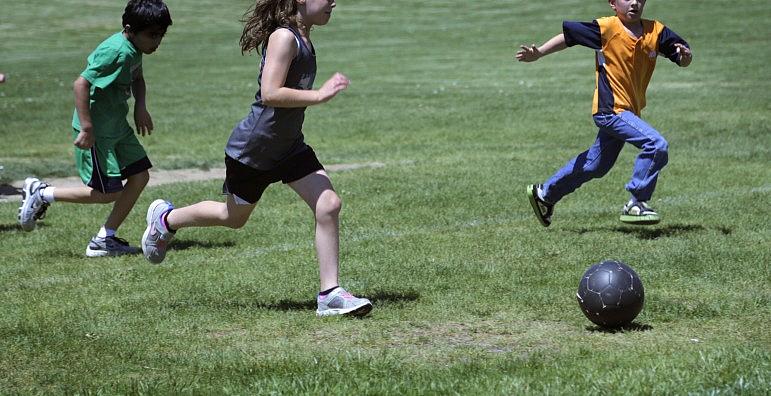Demographics Help Tell The Story
As part of a fellowship project examining a watered-down school exercise law in Colorado, I-News Network built a searchable database that presents demographic data for each school district. Colorado’s public school students have become more Latino and poorer over the past decade. Both populations are more susceptible to childhood weight and obesity issues, according to federal data.
Burt Hubbard edited this series for I-News Network as a 2012 Dennis A. Hunt Fund for Health Journalism Grantee.

A 2011 state law requiring 30 minutes of physical activity a day for elementary students was supposed to mark a new tool in the fight against childhood obesity – but in reality it did little more than reinforce the status quo, an I-News examination found.
Colorado’s public school students have become more Latino and poorer over the past decade, an I-News analysis of Colorado Department of Education data found. Both populations are more susceptible to childhood weight and obesity issues, according to federal data.
The I-News analysis found:
- Between 2003 and 2012, the percentage of Latino students has increased in all 35 of the largest school districts in Colorado. Combined, the Latino school population in the largest districts rose from 1 in 4 in 2003 to almost 1 in 3 in 2012.
- Latino children ages 6-to-17 have an overweight rate 60 percent higher than non-Latino white children, according to the federal Office of Minority health.
- A separate survey of high school students in the state conducted in 2011, the Youth Risk Behavior Survey, found obesity rates among Latino teens more than three times higher than white teenagers – 15.3 percent versus 4.7 percent. In 1999, the first year the survey was conducted, the gap was significantly closer, 8.4 percent versus 5.7.
- Nine of the largest districts had Latino populations of 50 percent or more, and 15 had Latino enrollment of about one-third or higher of the student body. In 2003, it was five and 10 districts, respectively.
- Between 2003 and 2012, the percentage of low-income students, measured by qualifying for free- and reduced-price lunches, rose in all of the state’s 35 largest school districts. Combined, the percentage of low income students in all 35 districts rose from 30 percent to 41 percent.
- Ten of the largest districts had more than half of the students deemed low income and 23 had more than a third of their students eligible for free and reduced priced lunches. In 2003, it was five and 14 districts, respectively.
To access interactive graphics showing each Colorado school district's Latino and low-income populations, click here and scroll to the bottom.
SURVEY: Colorado ranks low in requiring physical education classes Grade schoolers play during recess at Hutchinson Elementary School in Lakewood, Colo., on May 24, 2013. A 2011 state law written to incorporate physical activity into the daily schedule of elementary schools to help fight against childhood obesity has had little effect, according to an I-News examination. (Joe Mahoney/The I-News Network at Rocky Mountain PBS)
Surveys have shown that Colorado has not compared well to other states in requiring physical education classes, I-News analysis of data found:
- Colorado does not rank well in requiring recess and physical education classes in public schools. The 2010 Centers for Disease Control and Prevention state indicator report on physical activity found that Colorado was one of 14 states that did not require that physical education be taught in elementary, middle and high school.
- It was also one of 31 states that did not require or recommend that elementary schools provide school recess.
- Less than 25 percent of students ages 5 to 14 years of age took a physical education class five days a week in Colorado, according to the 2010 and 2011 Colorado Childhood surveys. The 2011 survey found 24 percent of the students had physical education every school day, while the 2010 found 20 percent.
- A higher percentage of students took physical education classes twice or less a week. In 2011, it was 34 percent, and in 2010 it was 48 percent.
– Burt Hubbard for I-News. I-News is the public service journalism arm of Rocky Mountain PBS. Contact Burt Hubbard at bhubbard@inewsnetwork.org or 303-446-4931.

